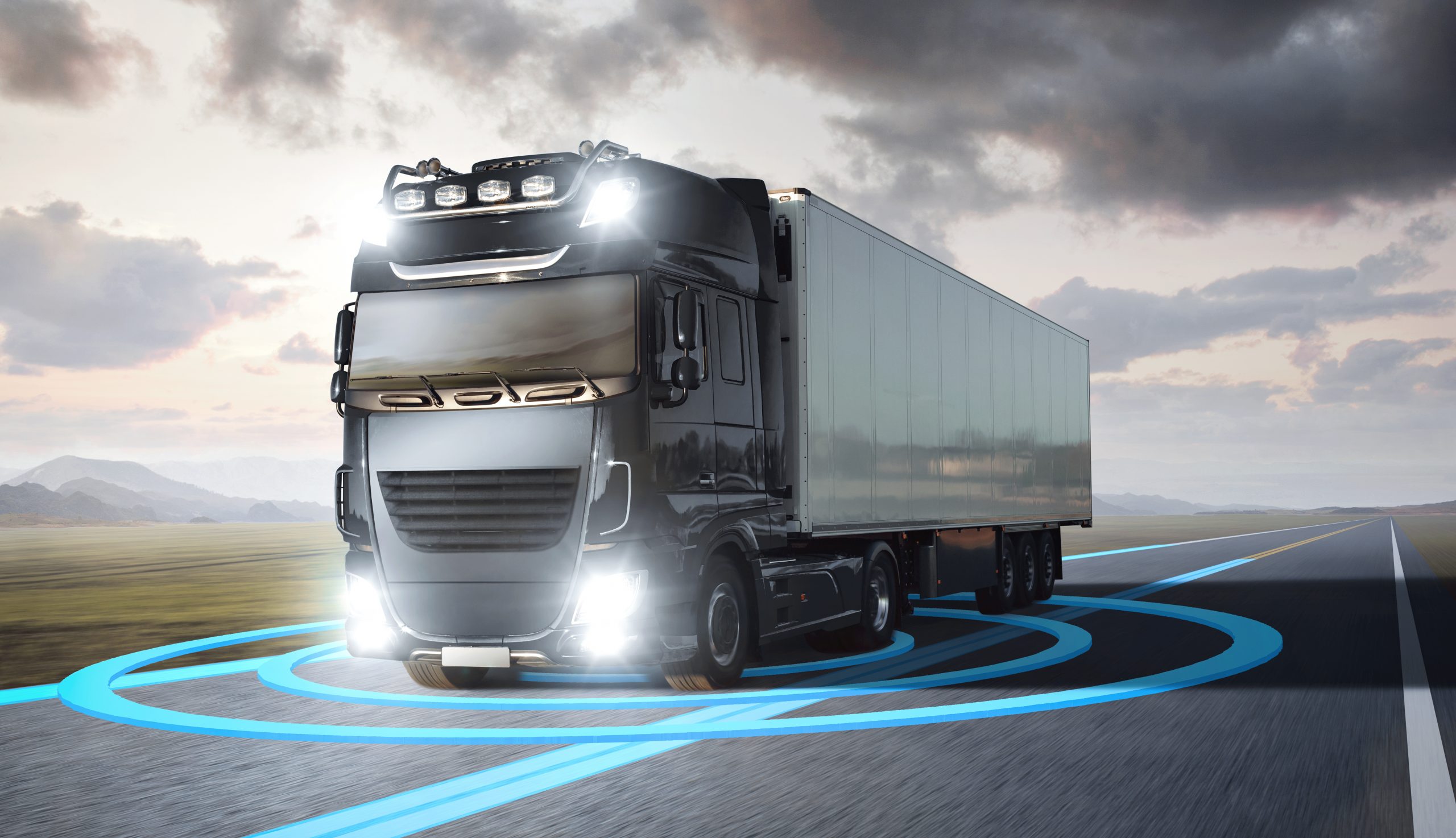While self-driving cars bring the promise of being able to sit back and enjoy the scenery for some would-be drivers, those who suffer from car sickness may feel apprehensive at the prospect of long rides where the machine does most of the driving.
To ease their pain, and the pain of other passengers, Japanese auto supplier NHK Spring says it has found the cure: a car seat that minimizes motion sickness for passengers in autonomous vehicles.
The headrest supports the occipital bone behind the ear from both sides, the company says, keeping the head steady when the vehicle speeds up or slows down, or when the wheels hit a curve—situations that can trigger symptoms for people with motion sickness.
Motion sickness is caused when visual information does not match motions picked up by the inner ear. Minimizing the motion of the head postpones the onset of symptoms—such as stomach discomfort, nausea and yawning—by about threefold the normal length of time, according to NHK Spring, which will sell the seat to automakers.
Level 3 autonomous capabilities mean the driver can leave the operation to the vehicle, but will have to be ready to take over if needed. Once a vehicle reaches that level or above, passengers will have time on their hands to fiddle with their smartphones or other devices.
Such activities will demand seating that is comfortable even after long stretches in the vehicle. NHK Spring shapes the seat so that pressure is evenly distributed from the hips to the buttocks. The seat will come with a touch panel at the armrest for operating dashboard dials and displays.
The seats will also conserve precious space for electric vehicles. The new seating will be 40% thinner than other car seats, but will retain the same level of cushioning and comfort, the company says.
NHK Spring is adopting vibration-resistant urethane material and springs to reduce the thickness. This will save about 1 to 3 centimeters under the seats. This space can be used for larger batteries and longer driving ranges.
In Japan’s self-driving sector, Honda Motor last year started leasing high-end Legend sedans equipped with a Level 3 autonomous system. Osaka Metro is partnering with NTT Docomo and other companies to conduct demonstration tests of Level 4 vehicles with the goal of providing autonomous transport at the 2025 Osaka World Expo.
Autonomous vehicles are not expected to become mainstream until around the end of the decade due to the cost of LiDAR sensors and the time it will take to develop laws governing their operation.
NHK Spring sees the market expanding rapidly in this duration. This year, about 120,000 vehicles capable of Level 3 autonomy or above will be made, according to market intelligence provider Fuji Chimera Research Institute. The number is expected to jump to 10.13 million vehicles in 2030.
This article first appeared on Nikkei Asia. It has been republished here as part of 36Kr’s ongoing partnership with Nikkei.

